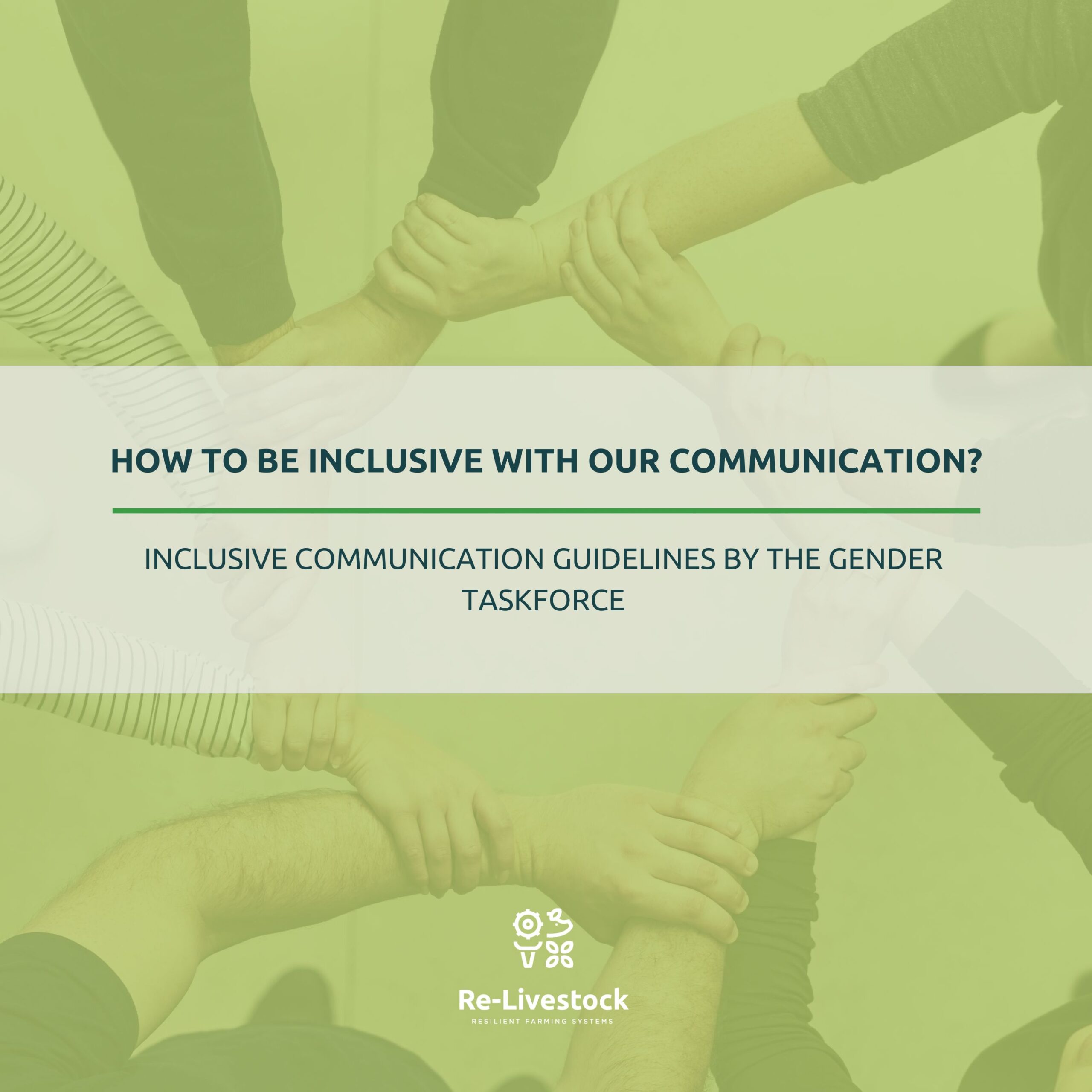Inclusive Communication Guidelines by the Gender Taskforce Inclusive communication, a fundamental aspect of fostering diversity and equity, is accessible without the need for financial investment or time commitments! —it’s as simple as asking yourself a few key questions when the moment feels right! Here’s a brief guideline designed to assist you in navigating the initial steps toward achieving inclusive communication.
Am I using an inclusive Language?
a. Use clear and concise language to ensure that communication is easily understood by a broad audience. Use language that is neutral and inclusive of all genders.
b. Translate from English might require gender-sensitive language at places where English has a neutral word
c. Example – use ‘they’, ‘she and he’ when referring to farmers
d. Check if your institution has rules about gender-inclusive language
While deciding the visual of my project/flyer for an event/etc.: Am I representing the diversity of the target group?
a. Use visuals that represent the diversity of participants, acknowledging gender, ethnicity, age, and other relevant factors. Incorporate diverse voices and perspectives in project-related content, including testimonials, case studies, and success stories.
b. Be mindful of cultural differences and nuances in communication styles, avoiding assumptions and stereotypes. Tailor communication materials to be relevant and culturally sensitive to the various regions and communities involved in the project.
c. Utilize various communication channels, including social media, webinars, and online forums, to encourage active participation from a wide range of stakeholders. Also, utilize traditional media such as radio or newspapers that may be preferred by older stakeholders
While organizing an event, am I considering the different needs of the community I want to target?
a. Ensure that project information is readily available and easily accessible to all stakeholders, including those with varying levels of expertise.
b. Organize meetings that accommodate different time zones and accessibility needs (eg. if I am organizing a workshop with farmers with children: am I ensuring that both parents can be present?)
We would love to support you, contact us here!
